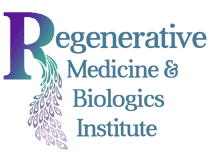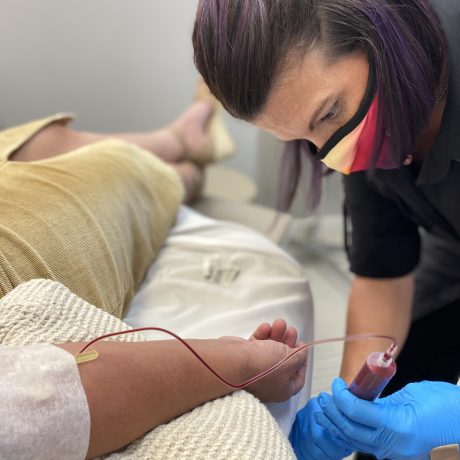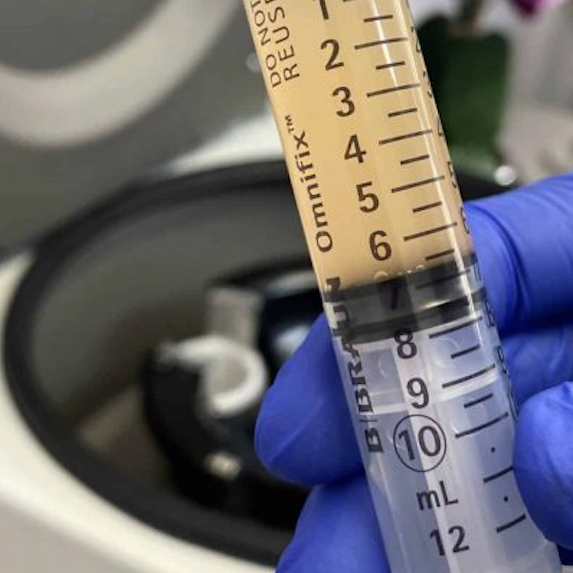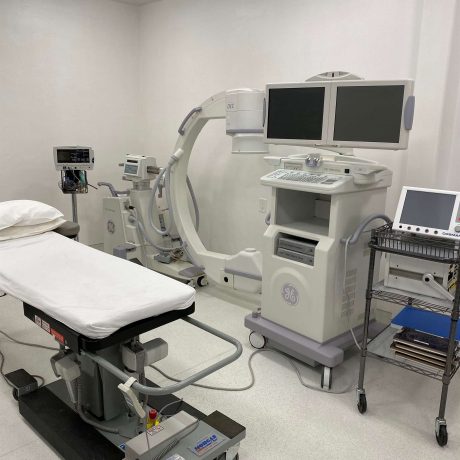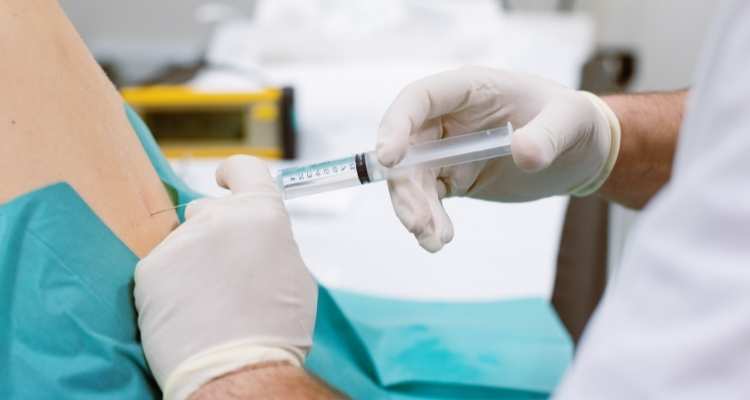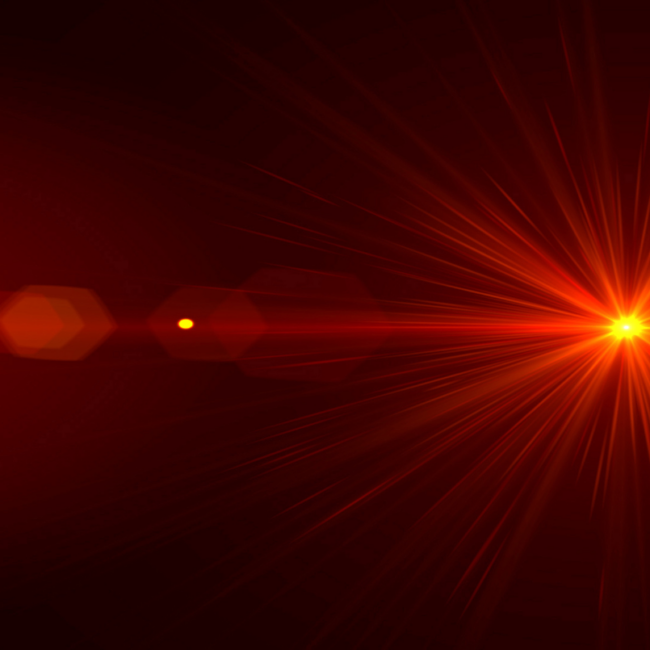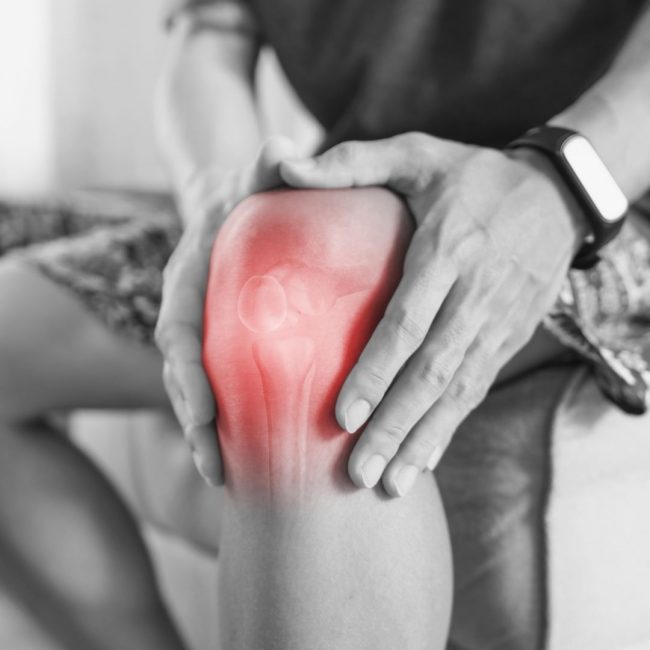
PRP for Joints
As the human body ages, the joints begin to naturally deteriorate. Regenerative Medicine & Biologics Institute offers PRP Joint Injections to individuals suffering from arthritis and osteoarthritis. The wear and tear of arthritis is a progressive joint condition that is typically associated with the knees, shoulder, hips, and hands — and is caused by degeneration of a joint’s articular cartilage. Because osteoarthritis has no cure and is progressive, patients typically seek non-surgical treatment options to help eliminate the need for surgery and a lengthy rehabilitation.
Joint Injections Technique
Here at Regenerative Medicine & Biologics Institute, we pride ourselves on being experts in PRP joint injections. PRP Joint Injections are becoming more popular as they provide a new field of regenerative medicine for joints to reduce pain and encourage healing.
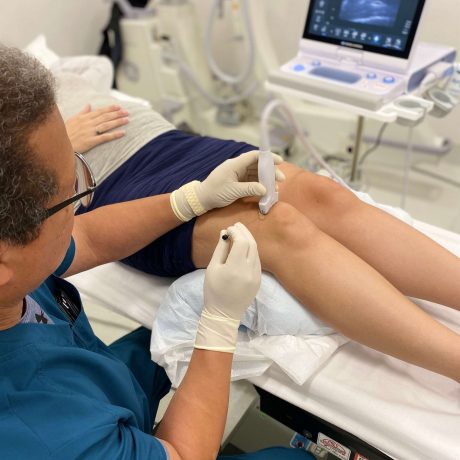
Benefits of PRP Joint Injections
PRP Joint Injections combine technology with the body’s natural ability to heal itself —to help relieve the symptoms of osteoarthritis. When treating osteoarthritis with platelet-rich plasma, a Regenerative Medicine & Biologics Institute doctor injects PRP directly into the affected joint to:
- Inhibit inflammation and slow down the progression of osteoarthritis
- Stimulate the formation of new cartilage
- Increase the production of natural lubricating fluid in the joint, easing painful joint friction
- Contain proteins that alter a one's pain receptors and reduce pain sensation
PRP Joint Injections can be performed in muscles, tendons, and ligaments over the entire body, it has a wide range of uses. Some of the more common ones are:
- Tennis elbow
- ACL tears and other knee injuries
- Plantar fasciitis
- Iliotibial band syndrome
- Rotator cuff tears
- Achilles tendinitis and tears
- Osteoarthritis
- Quadriceps and hamstring tears
PRP Joint Injections have minimal side effects — as PRP stimulates and directs the body’s own natural healing function.
PRP can initiate a healing response and the first phase of healing involves inflammation. As a result, PRP may initially cause stiffness and mild swelling that can potentially last for up to one week. Anti-inflammatory medications are discouraged for up to two weeks after the procedure to allow for an adequate natural inflammatory response. Ice, acetaminophen (Tylenol), and prescribed pain medications can be used if necessary. Activity involving the injured body part as well as flying is discouraged during the first week for precautionary reasons. Physical therapy can begin one week after PRP joint treatment.
The majority of patients will require 1-3 sets of blood plasma treatment with each injection spaced 4-6 weeks apart. Depending on your injury, PRP joint treatment typically takes anywhere from weeks to months before there is an initial noticeable effect.
PRP Videos
PREPARING FOR FIRST PRP
FIRST SPIN
SECOND SPIN
FINISHED PRP FOR INJECTIONS
Request an Appointment
Provide your information below and our team will contact you.
Testimonials
Dr. Smith has made my knee pain disappear via PRP. Great application by a caring, friendly man. Staff nice also.
W.
Dear, Dear, Dr. Kevin Smith, I want to Thank You for caring. This is the first time in Four (4) long years with out a day of Pain.
Beverly
The Integrated Pain Specialists and Regenerative Medicine Staff are the finest to be found ANYWHERE! Highly recommend!!!
Greg M.
This place is so Good about taking care of my Pain Concerns. I have given their Name to many people. Everyone in the staff treats you well and with great care, both in office and on the phone. BEST Place to go for Pain.
Christine S.




Treatment
How many sessions of PRP do I need?
Most patients will require 1-3 sets of PRP injections. Each set of treatments is spaced 4-6 weeks apart.
When should I call a doctor?
Recent advances in PRP technology have made it possible for Regenerative Medicine & Biologics Institute to promote healing, reduce inflammation and speed recovery without surgery.
Without PRP, injured tissues are often unable to repair themselves because they lack adequate blood supply. By using PRP, RMB is able to provide the body with the enriched blood it would naturally produce to heal itself under normal circumstances. Don’t live with pain — contact us today.
Related Treatments
PRP Growth Factors
Platelet-rich plasma (PRP) therapy uses injections of a concentration of a patient’s own platelets to accelerate the healing of injured tendons, ligaments, muscles — and joints.
PRP Spine Injections
Platelet rich plasma (PRP) spinal injections are a non-surgical treatment option to treat chronic back pain triggered by degenerative disc disease, bulging discs, spondylosis, sacroiliac joint pain and facet joint pain in the back.
Our Blog
Does UltraSlim Red Light Therapy Work for Weight Loss?
Losing weight and unwarranted fat cells is one of the most common health goals — both for medical and cosmetic reasons. Advanced research into weight loss has yielded a safer and
Piezowave Therapy for Erectile Dysfunction in 2022
For men with moderate erectile dysfunction (ED), a noninvasive technique called low-intensity shockwave therapy or piezowave therapy leads to significant improvement in sexual func
